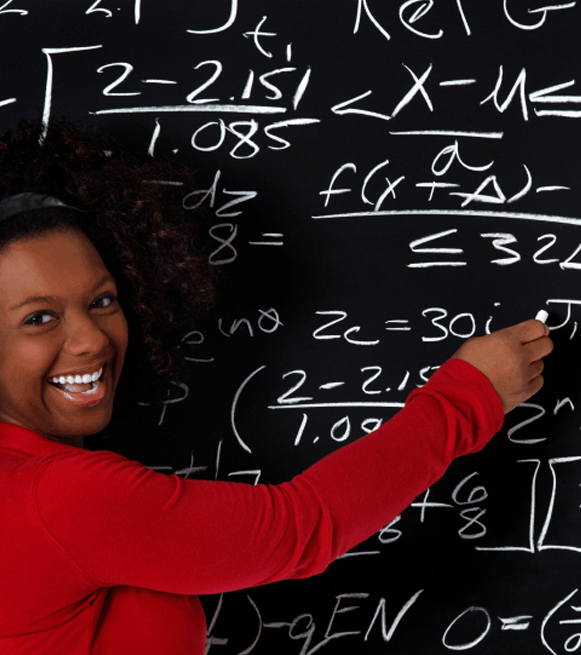Curriculum
With a choice of ten subjects, there’s plenty to help you deliver core subjects as well as develop creativity, expression and wellbeing.
What will students learn?
Learners develop a holistic understanding of the subject, focussing on principles, patterns, systems, functions and relationships. They will become mathematically competent and fluent in computation, which they can apply to everyday situations.
‘Thinking and working mathematically’, a unique feature of our curriculum, encourages learners to talk with others, challenge ideas and to provide evidence that validates conjectures and solutions. When learners are thinking and working mathematically, they actively seek to make sense of ideas and build connections between different facts, procedures and concepts. This supports higher order thinking that helps them to view the world in a mathematical way.
How is the programme taught?
This subject is divided into three main areas called ‘strands’, which run through every lower secondary mathematics stage. Learners will develop skills in:
- Number
- Algebra, Geometry and Measure
- Statistics and Probability.
The strands work together to help students recognise connections of mathematical concepts as they engage in creative mathematical thinking to generate and improve numerical fluency.


With a choice of ten subjects, there’s plenty to help you deliver core subjects as well as develop creativity, expression and wellbeing.
We offer a range of optional assessments to help you accurately measure students’ potential and progress.
We provide high-quality resources to help you plan and deliver the programme.


